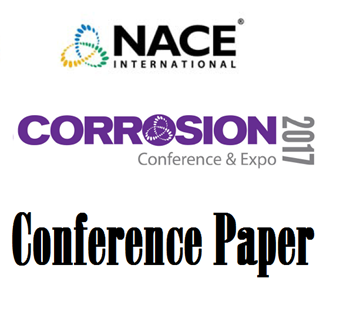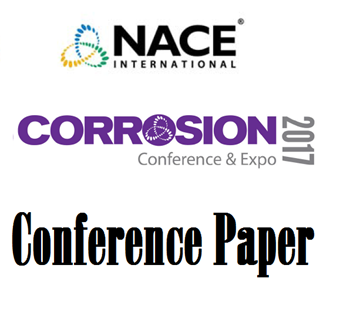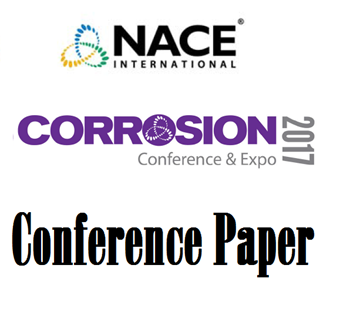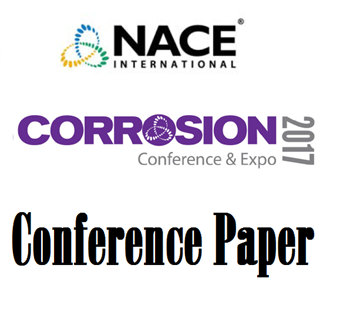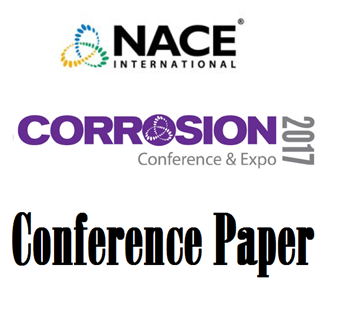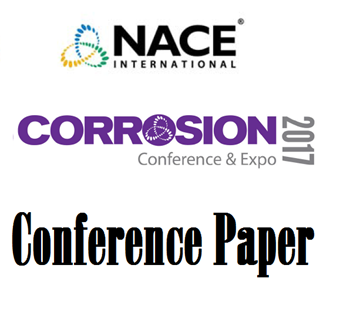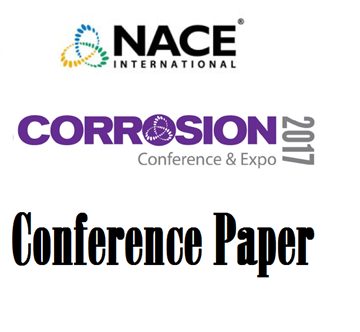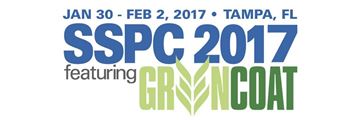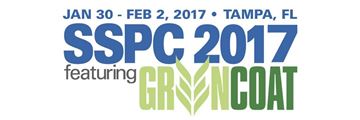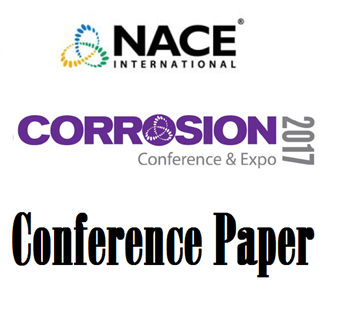Search
Products tagged with '2017 Conference Papers'
View as
Sort by
Display
per page
Investigating EMAT Dig Results for a Low Frequency ERW Seam Inspection
Product Number:
51317--9184-SG
ISBN:
9184 2017 CP
Publication Date:
2017
$20.00
Investigation of Amorphous Deposits and Potential Corrosion Mechanisms in Offshore Water Injection Systems
Product Number:
51317--9433-SG
ISBN:
9433 2017 CP
Publication Date:
2017
$20.00
Investigation of Hydrogen Embrittlement of High Strength Pipeline Steels Under Cathodic Protection
Product Number:
51317--9255-SG
ISBN:
9255 2017 CP
Publication Date:
2017
$20.00
Investigation on Metal Dusting Corrosion Phenomena Over Incoloy 800
Product Number:
51317--9439-SG
ISBN:
9439 2017 CP
Publication Date:
2017
$20.00
Iron Source in Sour Gas/Condensate Wells: Reservoir Fluids or Corrosion?
Product Number:
51317--8998-SG
ISBN:
8998 2017 CP
Publication Date:
2017
$20.00
Irradiation Accelerated Corrosion of 316L Stainless Steel T91 and Zircaloy-4 in Primary Water
Product Number:
51317--9131-SG
ISBN:
9131 2017 CP
Publication Date:
2017
$20.00
Kinetic and Morphological Investigation of Calcium Sulfate Dihydrate (gypsum) Scale Formation on Heat Exchanger Surfaces in the Presence of Inhibitors
Product Number:
51317--9020-SG
ISBN:
9020 2017 CP
Publication Date:
2017
$20.00
Lab Performance Testing on Corrosion Inhibitors Under Supercritical Carbon Dioxide Conditions
Product Number:
51317--9474-SG
ISBN:
9474 2017 CP
Publication Date:
2017
$20.00
Lack-of-Fusion-like Root Flaws in Stainless Steel Welds
Product Number:
51317--9111-SG
ISBN:
9111 2017 CP
Publication Date:
2017
$20.00
Ladder Safety - Protecting Workers from a Complex Hazard
Product Number:
51217-051-SG
Publication Date:
2017
$20.00
Lessons Learned for Painting Over Hot-Dip Galvanizing
Product Number:
51217-048-SG
Publication Date:
2017
$20.00
Lessons Learned from Offshore Coating Programs
Product Number:
51317--9226-SG
ISBN:
9226 2017 CP
Publication Date:
2017
$20.00


